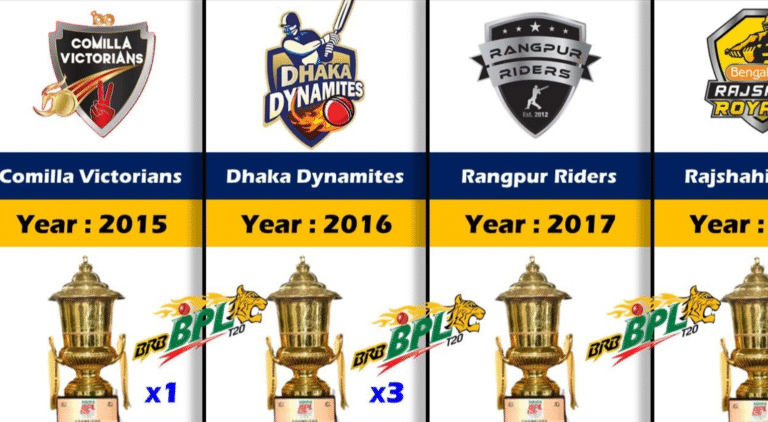AutoTune has created quite a controversy over the last 30 years in the world of music. Some people love it, while others dislike it and view it as a cheat code’ for singers who aren’t good enough. No matter if you’re a fervent fan or not, you cannot ignore the impact it’s had on contemporary music. The distinct robotic sound has colored numerous records, covering the spectrum of genres, from rap to pop. The question is, where did it come from? And is it really making you a terrible singer?
History of AutoTune
It is interesting to note that AutoTune was not created to be used to be used for music. It came out of the oil industry. Yes you heard that right! Dr. Andy Hildebrand developed Antares Audio Technologies when he worked for Exxon. He developed a sophisticated algorithm to interpret sonar generated data and aided in the identification of underground oil reserves.
His colleague jokingly suggested that the technology could allow her to sing and that’s how Dr. Hildebrand made a connection and applied his algorithm to correction of pitch.
First Mainstream Use Of Autotune
Cher’s hit song ‘Believe’ from 1998 is considered to be the first album that commercially made use of AutoTune. If you pay attention to the word “believe” in the song you’ll hear an immediate, ear-catching shifting of the song’s pitch that creates a robotic look.
The T-Pain Effect
While Cher is the very first artist in the commercial world to utilize the technology, T-Pain made it famous and crafted his entire brand around the technology. He even worked with Antares in the creation of an app for mobile devices that has this famous effect. Many people are shocked to learn that T-Pain is an extremely skilled vocalist who does not need be hidden behind the cover of AutoTune. T-Pain simply enjoys it and created his own trademark sound.
Death of AutoTune
It is not surprising that there are a lot of music industry professionals who oppose using AutoTune or any other type or pitch-correction. The year 2009 was the time Jay-Z created a track titled “Death of the AutoTune’ in order to express his displeasure with the wide use of the software. Despite the resentment by some purists of music, the result is alive and well. It’s still popular even today.
AutoTune vs Other Types of Pitch Correction
It’s a bit ironic that people talk about AutoTune as a ‘cheating’ tool. Yes, it will alter the tone of your voice and could correct your singing off-key. However, it does this so systematically that it’s quite obvious. You can alter the level of the pitch correction to reduce its opacity however when users seek out that “AutoTune sound, they’re seeking a distinct, obvious pitch correction.
However, there are other methods to alter the voice that are more subtle and are designed for natural sound. Software like Melodyne allows precise, manual tuning of the pitch, which can not be noticed if used properly. Does that indicate that you’re not singing well?
Is Pitch Correction Made For Unaccomplished Singers?
In essence, it’s no way. You can be a gifted singer like Cher or T-Pain and appreciate the robotic, yet captivating sound that AutoTune produces. A lot of artists utilize it to create innovative vocal effects.
Even if you’re employing more subtle techniques such as Melodyne to disguise the your voice’s pitch it doesn’t mean you are discrediting yourself as a singer. In fact, it’s utilized on a variety of recordings, recorded by world-class, talented vocalists. Why? Record production, especially in pop music, permits less room for errors in comparison to live performance. You might not be able to tell if an individual singer’s slight shift in their pitch while singing live, but it will be evident listen to a recording that you go through repeatedly.
These minor imperfections are completely normal. Additionally, you could achieve the perfect vocal tone with great dynamics and stunning emotions, and only minor tweaks to your vocals that are needed. Why toss it out when you can make it better and retain that beautiful performance in the final track?
Of course, it’s certain that a good vocal education and accuracy in pitch will ensure to get the most out of your performance. The foundations of your song begins at the recording stage. The better your performance here the better your results. However, don’t fret if it requires a little tightening, it’s a normal aspect of the process of making music to ensure that it meets the latest standards for musical records.
Train Your Pitch Accuracy
To achieve the highest performance straight off the bat and avoid the necessity for pitch correction we must improve our pitching accuracy. Singing scales and arpeggios an excellent way to begin. You can also experiment with playing with loops or a sequence of cords. This is a great exercise to get you away from your mind and how to trust your music instincts. Start by composing basic melodies and then move into more intricate interludes and runs. Soon, you’ll be more comfortable with your practice. Singing harmony is another excellent method to increase your vocal performance. They will allow you to keep your melody, even when other vocalists sing something totally different.
Many singers who want to be a part of the world claim that they’re tone deaf but the chances of being tone deaf are very low. About 5percent of people have an amusia-like condition that prevents them from recognizing the changes in pitch. If this isn’t you, accuracy in pitch is a skill just like other and it is easily acquired. Some individuals are naturally more than others, but try to believe in the process take it at your own speed and you might be amazed by what you can do. Of course, a good voice coach is also helpful…













